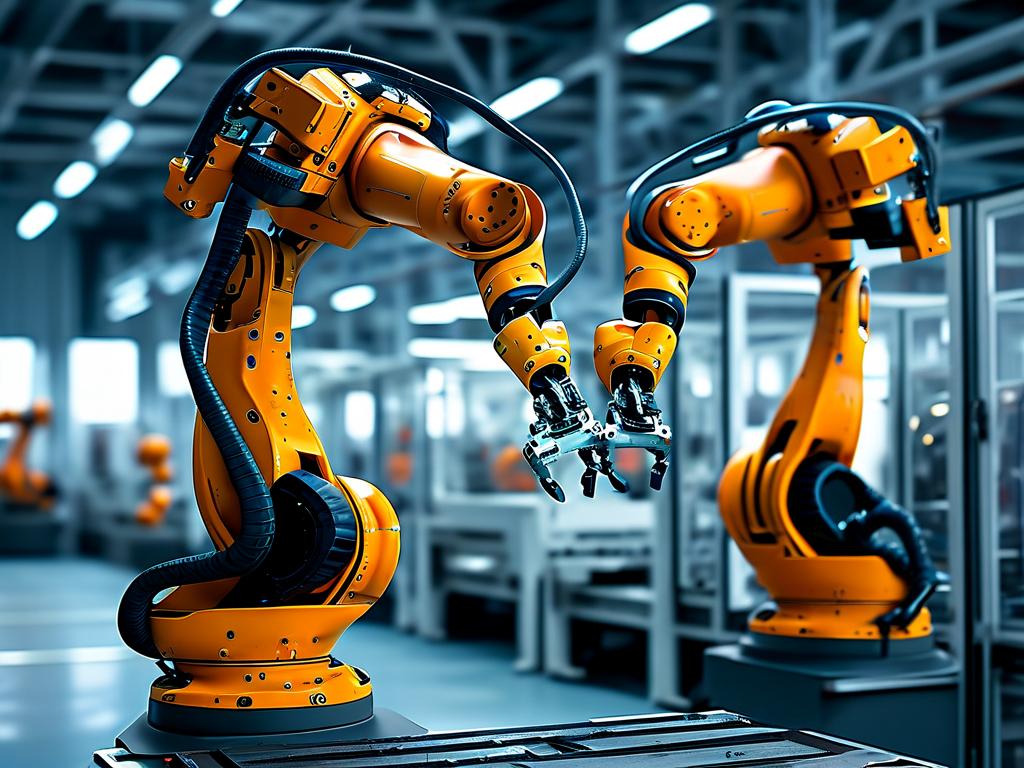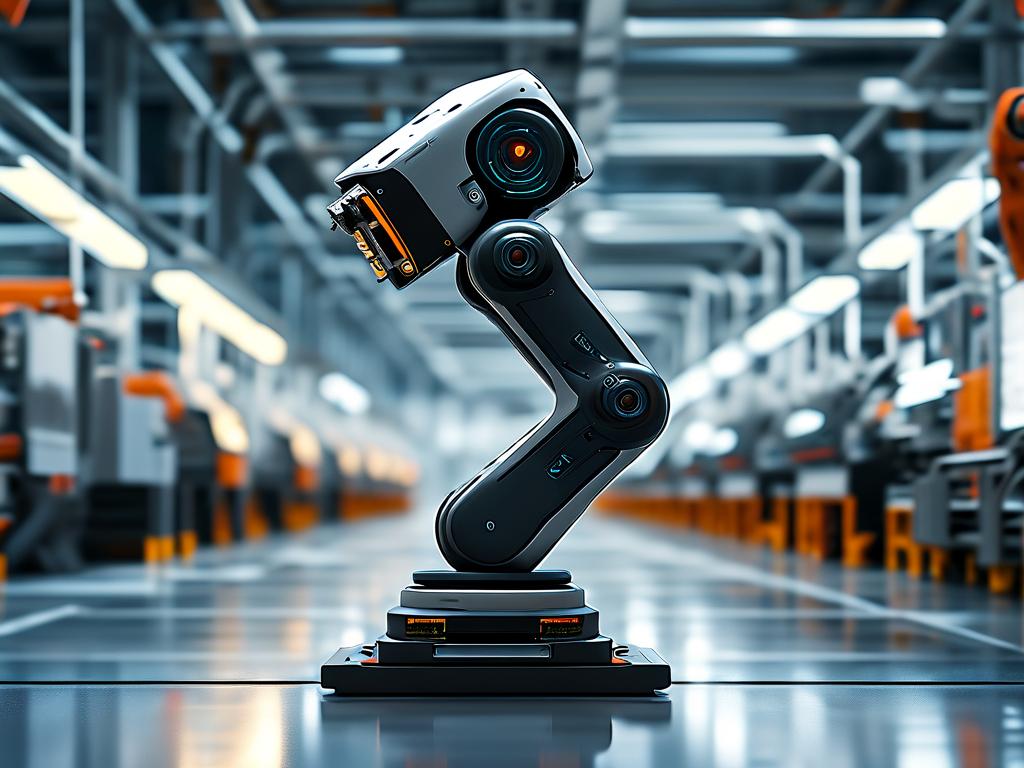In the era of Industry 4.0, the demand for faster, smarter, and more efficient manufacturing processes has never been greater. Among the innovations driving this transformation, high-speed robot loading technology stands out as a game-changer. By enabling robots to load, unload, and reposition materials at unprecedented speeds, this technology is redefining productivity across industries—from automotive assembly lines to semiconductor manufacturing.

The Need for Speed in Modern Robotics
Traditional robotic systems, while reliable, often face limitations in speed due to mechanical constraints, software latency, or safety protocols. For example, in automotive manufacturing, a delay of even a few seconds per cycle can accumulate into significant production losses over time. High-speed loading technology addresses these bottlenecks by integrating advancements in three key areas:
- Precision Motion Control: Next-generation servo motors and lightweight actuators reduce inertia, allowing robots to accelerate and decelerate faster without compromising accuracy.
- AI-Driven Path Optimization: Machine learning algorithms analyze workflow patterns to calculate the most efficient trajectories, minimizing wasted movement.
- Sensor Fusion Systems: Combining vision sensors, force-torque feedback, and LiDAR enables real-time adjustments, ensuring seamless interaction with dynamic environments.
A case study from Tesla’s Gigafactory highlights the impact: after implementing high-speed loading robots in battery module assembly, cycle times improved by 40%, translating to an annual output increase of 120,000 units.
Core Technologies Behind Rapid Loading
At the heart of this innovation lies a synergy of hardware and software breakthroughs:
1. Ultra-Responsive Actuation Systems
Modern robots leverage carbon-fiber-reinforced limbs and harmonic drive gears to achieve torque densities 300% higher than conventional systems. This allows for rapid directional changes—critical for tasks like sorting irregularly shaped components on a conveyor belt.
2. Edge Computing for Real-Time Decision-Making
By processing data locally via edge AI chips, robots bypass cloud latency. For instance, Fanuc’s FIELD system enables robots to adjust gripping force within 0.01 seconds when handling fragile materials like glass substrates.
3. Collaborative Workflow Design
High-speed loading isn’t just about individual robots; it’s about system-wide synchronization. Technologies like 5G-enabled “digital twins” allow entire production lines to simulate and optimize loading sequences before physical execution.
Industry Applications and Benefits
- Electronics Manufacturing: Samsung reported a 25% reduction in smartphone PCB assembly time using high-speed SCARA robots.
- Pharmaceuticals: Pfizer’s vaccine vial loading lines achieved 99.8% accuracy at 200 units/minute, up from 150 units/minute with manual oversight.
- E-Commerce Warehousing: Amazon’s Sparrow robots now sort packages at 1,200 items/hour—double the speed of previous models—thanks to adaptive suction grippers.
However, challenges remain. High-speed operations generate heat, requiring advanced cooling systems. Safety is another concern; ISO/TS 15066 standards now mandate force-limiting skins and emergency braking within 5 milliseconds.
The Road Ahead: Quantum Leaps and Ethical Considerations
Emerging trends suggest even greater acceleration. Researchers at MIT are experimenting with magnetic levitation (maglev) joints that eliminate friction, potentially tripling current speed limits. Meanwhile, the rise of “cognitive robotics” promises systems that learn from human operators, blending speed with contextual adaptability.
Yet, as robots grow faster, ethical questions surface. Workforce displacement remains a contentious issue—a 2023 World Economic Forum report estimates that 20 million manufacturing jobs could be automated by 2030. Policymakers and companies must balance efficiency gains with reskilling initiatives.
High-speed robot loading technology isn’t merely an incremental upgrade; it’s a paradigm shift in industrial automation. By merging cutting-edge engineering with intelligent software, it unlocks productivity levels once deemed unattainable. As industries race to adopt these systems, the focus must extend beyond speed alone—toward sustainable, human-centric automation frameworks. The future of manufacturing isn’t just fast; it’s fiercely intelligent, adaptable, and collaborative.









